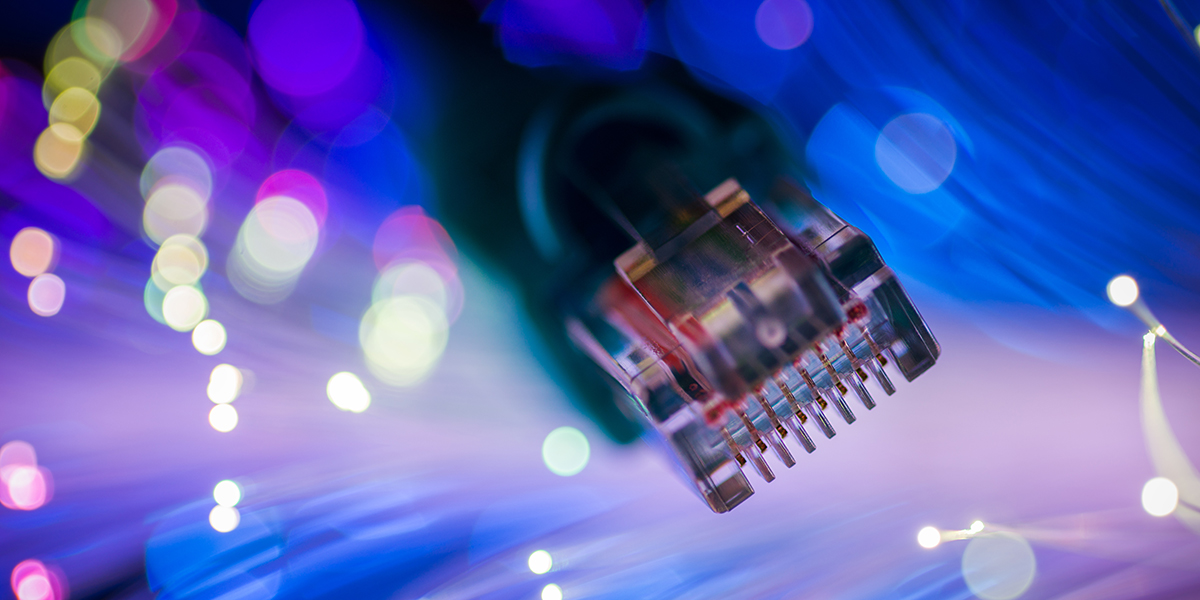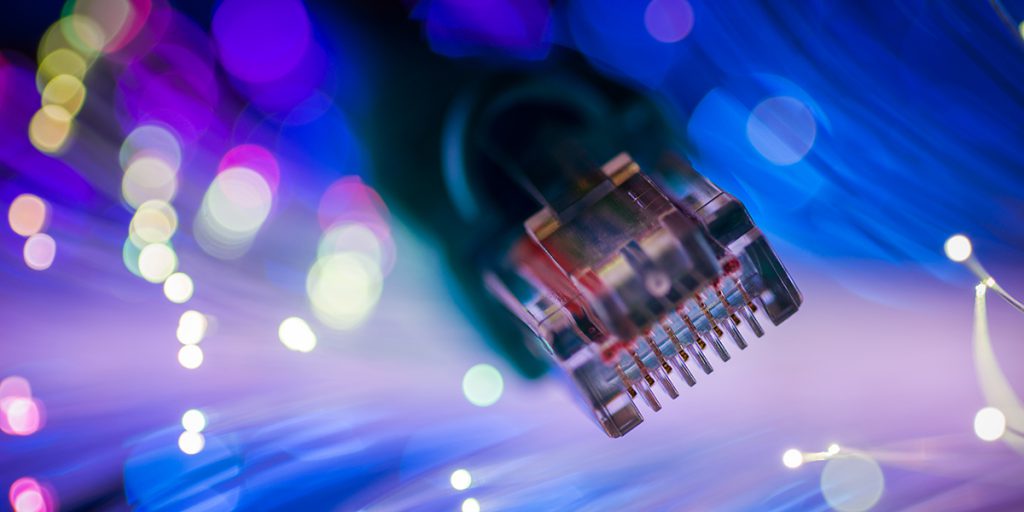
You’ve been through the checklist of what to look for in a co-location data center. Now, let’s take a look at what an actual data center looks like and the services it offers.
Data centers can vary in size. Most businesses need to look for one that offers at least 48,000 square feet of space. Other options to look for are location, sound structural construction, security, layout and private suites.
First, let’s talk about location and the building: Iowa is a great location for data centers because of tax benefits for both the data center owner and its customers. Iowa lawmakers passed a law in 2009 that allows for computers and other equipment used for data centers to be exempt from sales taxes.
Altoona is home to several data centers including the new LightEdge Solutions facility opening in July. Facilities such as this one require 12-inch reinforced precast walls that can withstand 200 mph winds and 36-inch sunken slab floors. They need to be built to withstand weather events that could damage a facility.
Data centers also have compliance certifications that can be attained. These are important to a multitude of industries that must follow specific regulations such as the financial and health care sectors. From a compliance perspective, look for a facility that is compliant for the Health Insurance Portability and Accountability Act (HIPAA), as well as certified for the Payment Card Industry Data Security Standard (PCI-DSS), the Statement on Standards for Attestation Engagements 16 (SSAE16), and the International Organizations for Standardization (ISO) 20000 and 27001. You’ll also want to ensure the facility has been Service Organization Controls Report (SOC) 1, 2 and 3 audited.
Security is vital to a data center because of the expense of the equipment involved and the confidentiality of the information it houses. A secure data center will have both interior and exterior video surveillance. That footage should be archived for at least three months. Other security features include on-site personnel 24 hours a day, every day; and identification authentication through mantraps that include key-card access, a PIN code, and hand-geometry biometrics. A more secure facility will also require extra measures to enter the data center floor, such as facial geometry biometrics. The floor itself can have additional security with high-definition video surveillance cameras in each aisle and combination locks on all equipment cabinets. Each individual client may want their own additional security with key card or biometric control access for the cages or suites where their equipment is stored.
Data centers need to have a breakdown room and storage area, as well as a burn-in room for testing and reconfiguration of equipment. A burn-in room gives customers space to test a system or a component to a system for a certain period of time in order to detect any problems before the items are fully installed onto the data center floor. Customers also like to have access to a conference room space and a breakroom.
Power is also important when it comes to the data center. Without it, equipment cannot function, backups can’t be put into place, and the equipment cannot be kept at the proper temperature. Look for a data center that has redundant underground power feeds that are protected in case of a weather-related incident.
The building’s cooling system also is vital. There need to be backup sources of power for cooling in case of a potential failure. This is important because the computer equipment must be kept at a constant temperature so servers don’t overheat and damage the equipment. Sunken floors also can help with cooling. Make sure the cooling is monitored with a building management system, which will keep track of it around the clock.
A data center needs multiple carriers that provide internet bandwidth, a variety of dark fiber and lit services, so customers have their choice of service provider.
These components are part of a data center that is built with the future in mind and include hybrid cloud access so the customer can have their own private cloud storage within the facility but also on-ramps for access to a public cloud. We’ll talk more about the hybrid cloud and its importance to the future of data centers in next month’s blog.
This piece originally ran on the Des Moines Business Record’s Business Insights blog.




